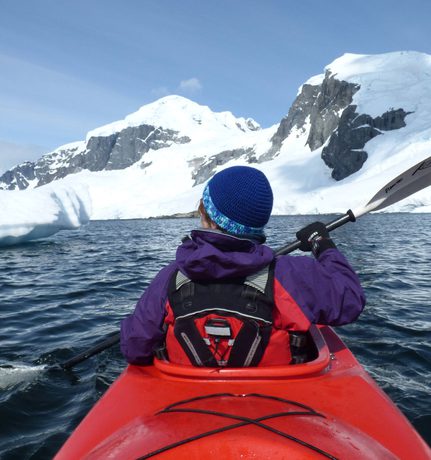Price From
Special offer
Per person excluding international flights. Based on two sharing a room in October 2024. See Prices section below for rates for the rest of the season and send an enquiry for full details.
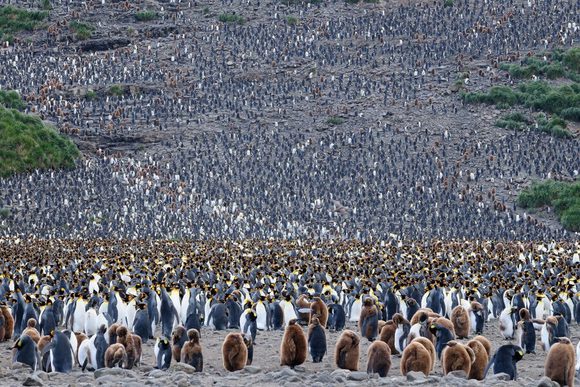
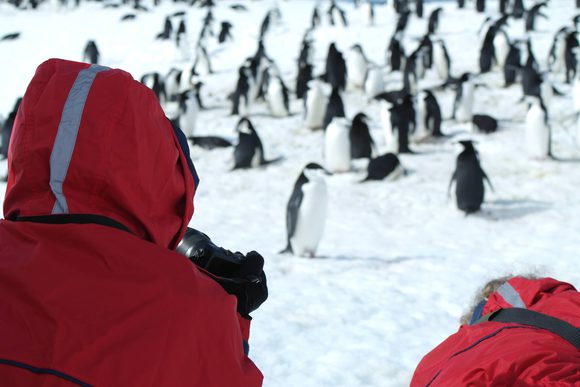
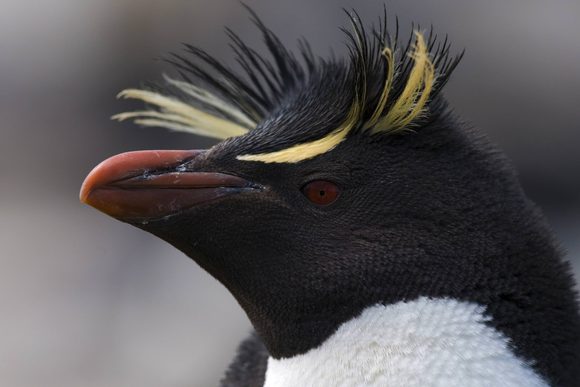
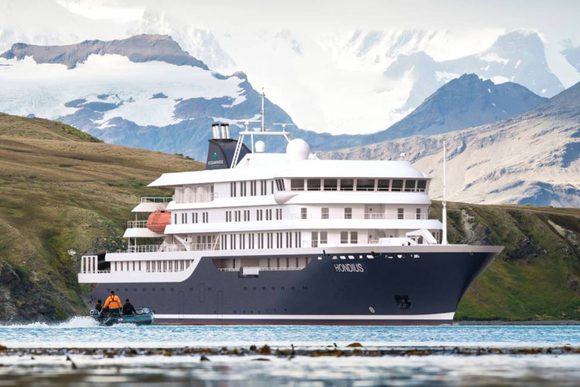
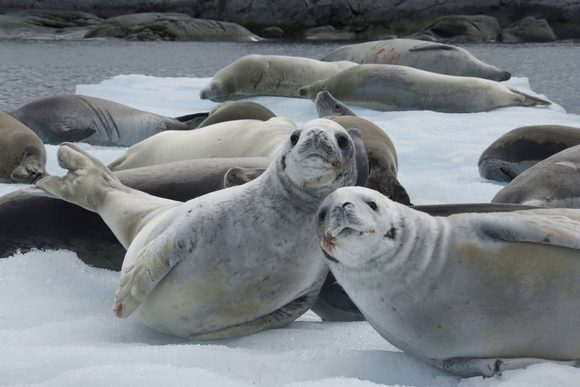
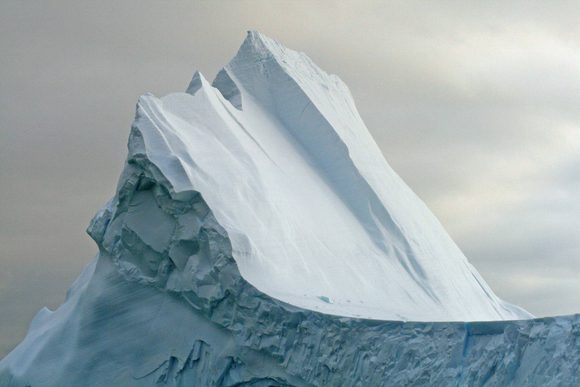
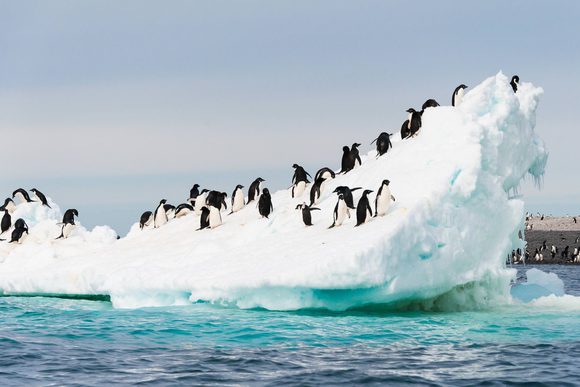
Falklands, South Georgia & Antarctica Cruise
Typical Duration
Price From
Special offer
Per person excluding international flights. Based on two sharing a room in October 2024. See Prices section below for rates for the rest of the season and send an enquiry for full details.
The ultimate wildlife voyage, from the whales of a wild Patagonia coast to the vast penguin colonies of the South Atlantic and on to awesome Antarctica.
- Epic Wildlife
- Snow covered mountains
- Penguins & whales
- Fur seals, petrels and albatrosses
- Buenos Aires
- Expedition cruise
- Memorable places to stay
What's Included
Key Inclusions
4 nights hotel
18 nights on board
All breakfasts
18 x lunches
18 x dinners
Private airport transfers
Guided Activities
Half-day city tour, private
Guided activities on board, shared
5* Service
Vacation Guide with advice, background information and recommendations
ABTOT / ATOL Financial protection
Local support throughout
24/7 emergency support
Industry-leading 160% carbon capture
Exclusive departure date
Please note: International travel not included.
Day by day itinerary
Falklands, South Georgia & Antarctica Cruise
Cookies must be enabled in order to view maps

Day 1
Arrive in Buenos Aires
Day 2
Discover Buenos Aires on and off the beaten path
Day 3
Travel to the end of South America
Day 4
Set sail towards the Falklands
Day 5
Enjoy lectures and information briefings
Day 6
Explore the Falkland's wildlife
Day 7
Learn about the rich history of the islands
Day 8
Full day at sea towards South Georgia
Day 9
At sea enjoying birdlife and quiet time on board
Day 10
Reach the wildlife sanctuary of South Georgia
Day 11
Explore by land and sea
Day 12
Stories of the Golden Age of Antarctic History
Day 13
Head South Across the Scotia Sea
Day 14
Reach the South Orkneys
Day 15
Head to Antarctica amongst icebergs
Day 16
Aproach Antarctica by the most viable route
Day 17
Sail along the Antarctic Peninsula
Day 18
Wildlife wonders in the Peninsula
Day 19
Visit the Shetlands as you head north
Day 20
Cross the mighty Drake Passage
Day 21
Return to South America
Day 22
Fly back to Buenos Aires
Day 23
Head for home
FAQs
When is the best time to go?
How far ahead should I book?
Is this trip suitable for solo travellers?
How active is this trip?
Do I need specialist gear?
How comfortable will I be?
Will I get seasick?
What meals are included on board?
What does a day on board look like?
Will I be cut off from the world?
What might I not have thought of?
Can I make changes to this trip?
What is the payment process and is my money completely safe?
Want to ask us a question?
Alternative trips you might enjoy







